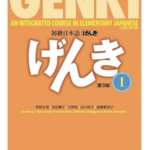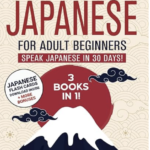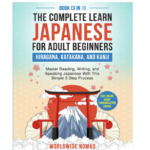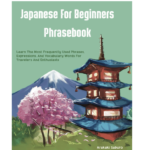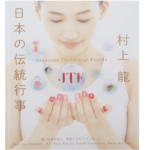Emoji originated in Japan, as evidenced by the fact that it is also known overseas as "Emoji”. It has spread throughout the world as a universal design and is now one of the indispensable tools in communication.
Emoji was created in the late '90s and was designed by an engineer at NTT Docomo, Shigetaka Kurita.
It is a small dot picture drawn in a 12 x 12-pixel grid, but it is a simple and easy-to-understand icon using symbols and pictograms. Just by placing one at the end of a sentence, the atmosphere of the sentence changes drastically.
In the midst of the shift to concise communication using "short digital texts," many Japanese people became familiar with pictograms as an effective way of conveying emotions.
This first pictogram is now in the collection of the Museum of Modern Art (MoMA) in New York.
Later, more emojis were developed by Docomo, followed by Softbank and AU. After 2000, they were made available for use in Gmail and iPhone, spreading the use of emojis around the world.
However, since emojis originated in Japan, some characteristics may be unfamiliar to people outside of Japan.
It is ♨️
What do you all think this is?
Is it a hot plate? Coffee? Soup?
No, it is not. The answer is a hot spring!
You are not going to believe this one.
♨️
In Japan, everyone understands that this emoji means "hot spring", but in fact, this pictogram is already included in smartphones all over the world, so foreigners who don't know about hot springs may ask
"When would you use a hot plate emoji?"
Response:
This was not originally a pictogram, but a map symbol. It is learned in elementary school.
I heard in some cartoon that a lot of foreigners mistook it for a soup shop.
The "hot" thing is getting through...
Do you use this emoji? I live in Japan, so I often use them when I go to hot springs. Please let me know if there are any other emojis you don't know.
Japanese
♨️の絵文字の意味がわかりますか?
絵文字は、海外でも「Emoji」と呼ばれていることからもわかるように、日本が発祥です。絵文字はユニバーサルデザインとして世界中に広まり、今ではコミュニケーションに欠かせないツールの一つとなっています。これは90年代後半に誕生し、NTTドコモのエンジニア、栗田穣崇がデザインしたものです。
当初は12×12ピクセルのグリッドで描かれた小さなドット絵で、記号やピクトグラムを使ったシンプルでわかりやすいアイコンでした。
「短いデジタル文章」による簡潔なコミュニケーションに移行する中で、多くの日本人は感情を伝える有効な手段として、絵文字に親しんできました。文末にひとつ置くだけで、文章の雰囲気がガラリと変わるのが特徴です。
その最初の絵文字は、現在ニューヨーク近代美術館(MoMA)に所蔵されています。
その後、絵文字はドコモに続き、現在のソフトバンクやauでも開発され、2000年以降はG-mailやiPhoneでも利用できるようになり、世界中に絵文字が広まりました。
しかし、このように絵文字は日本発祥のものであるため、海外の人には馴染みのないものが含まれています。
それが♨️です。
皆さんは、これは何だと思いますか?
ホットプレートでしょうか?コーヒー?スープですか?
いいえ、そうではありません。答えは、温泉です。
反応:
元々は絵文字ではなく、地図記号ですね。小学校の社会で習います。
日本語教員だったか何かの漫画で、スープ屋と勘違いする外国人が続出したと聞いた
“あつい”ということは伝わっている…
みなさんはこの絵文字を使いますか?私は日本に住んでいるので温泉に行く時よく使いますよ。他にもわからない絵文字があったら教えてくださいね。
Words
絵文字;Emoji
発祥;origin
ユニバーサルデザイン;universal design
誕生;birth
簡潔;in brief, shortly,, concisely
所蔵;holding
雰囲気;atmosphere
ガラリ;completely, entirely
ニューヨーク近代美術館;Museum of Modern Art
グリッド;grid
ピクトグラム;pictogram
馴染み;closeness, intimacy
ホットプレート;hot plate
ザワザワする;to be noisy, to be in commotion
地図記号;map symbol
勘違い;misunderstanding

